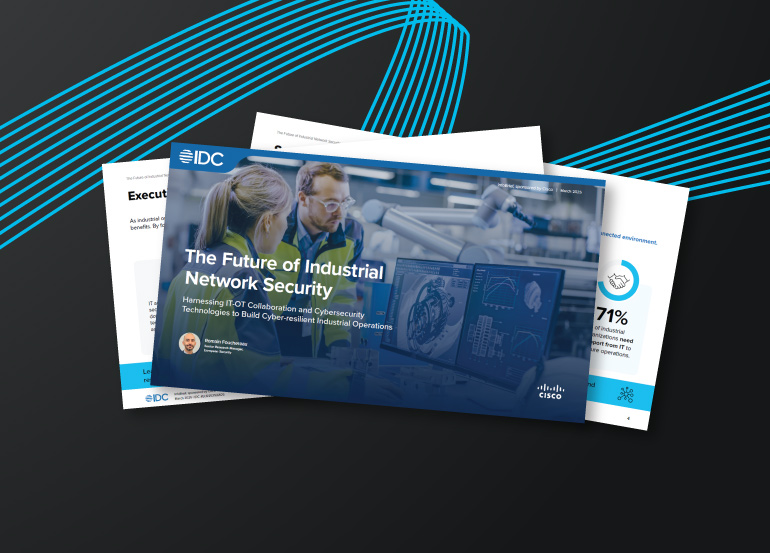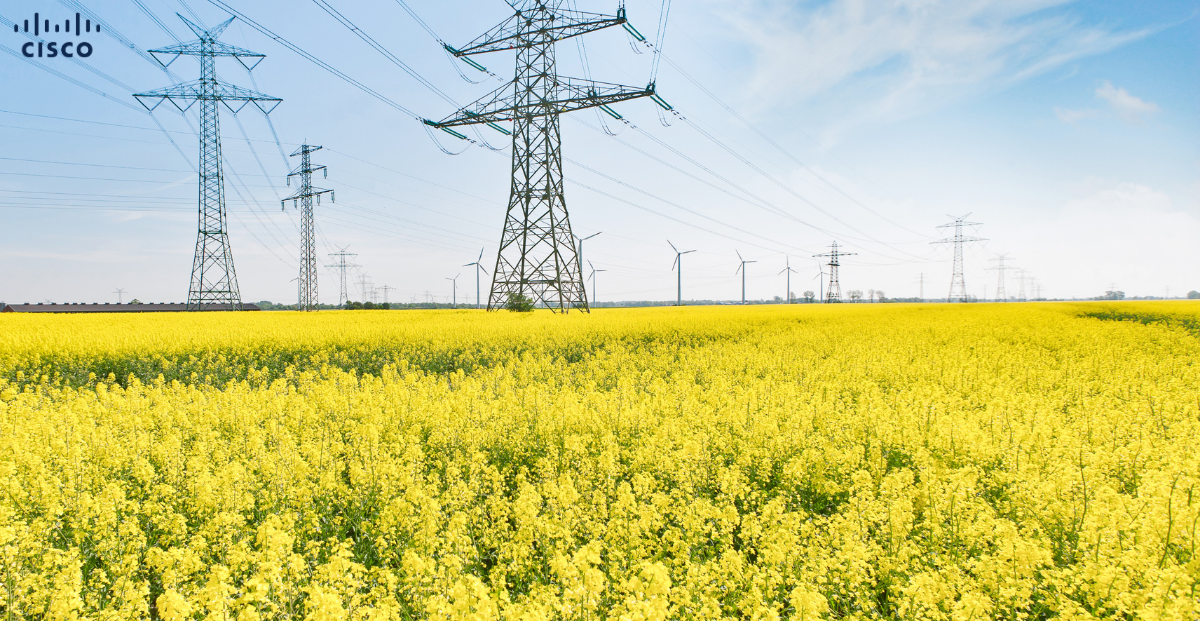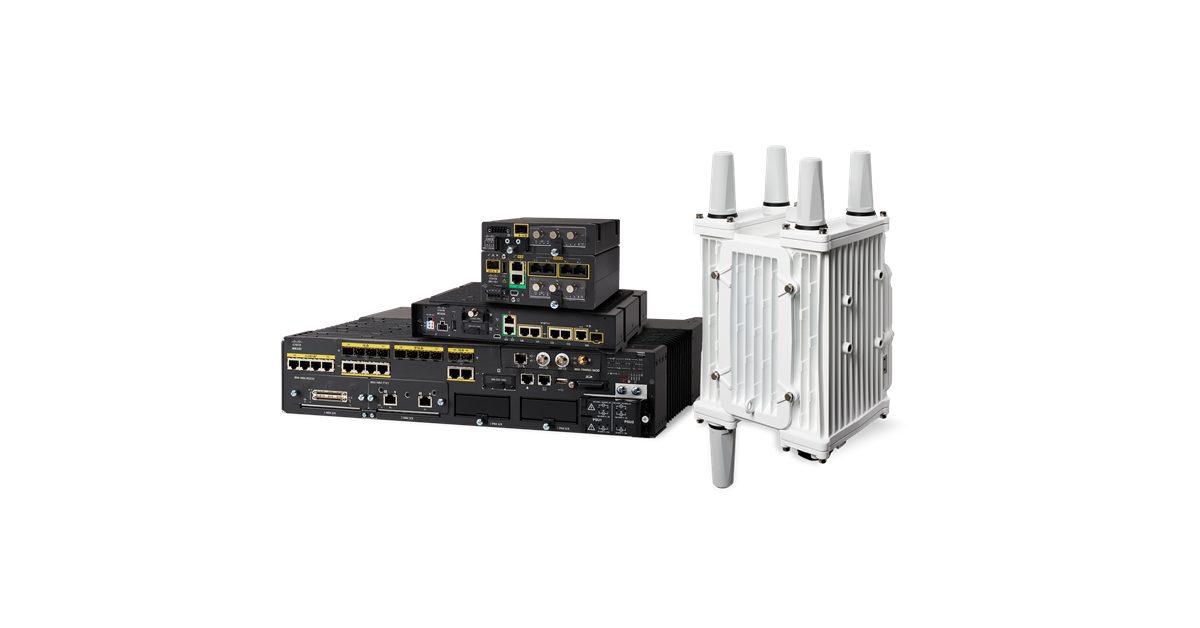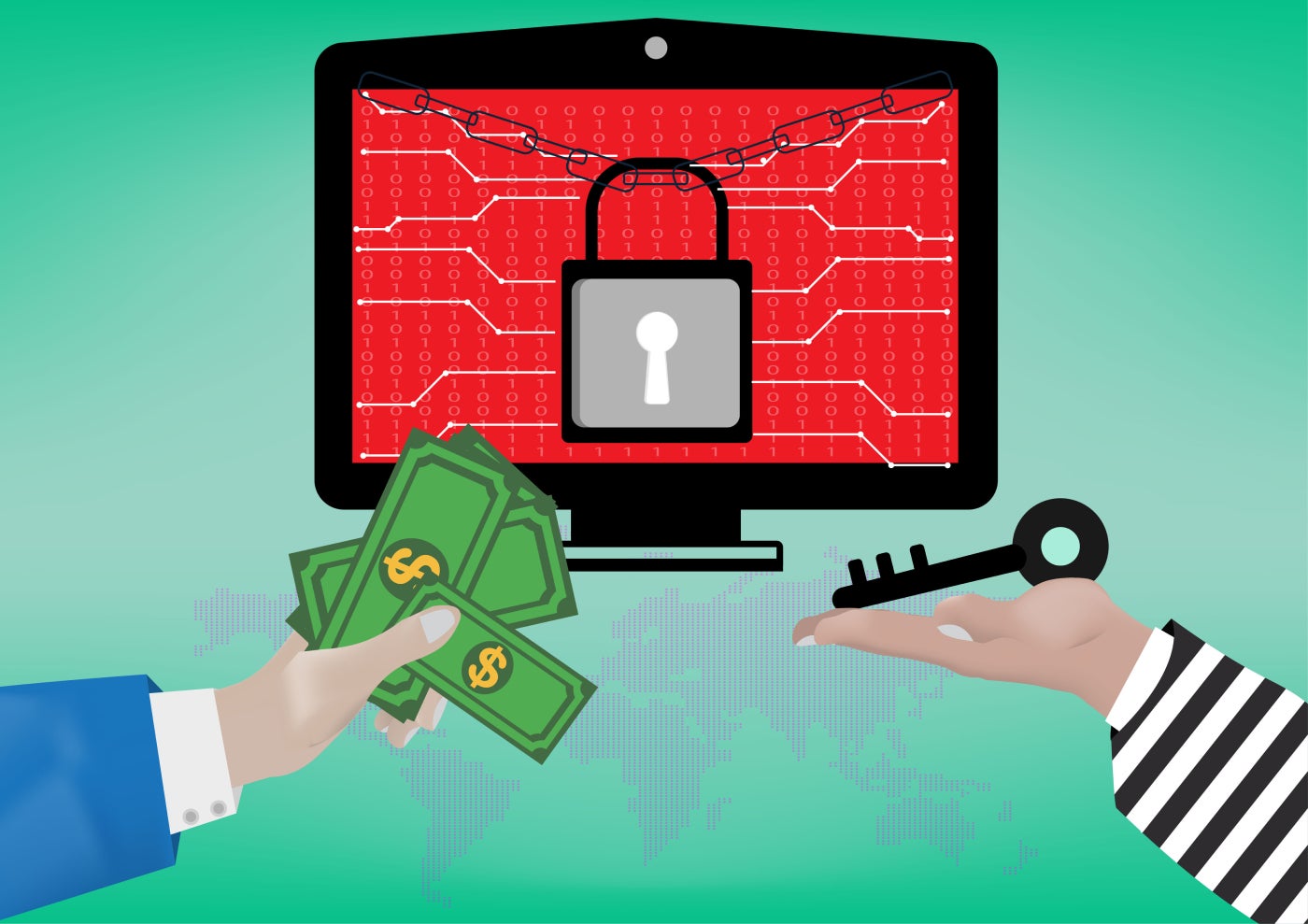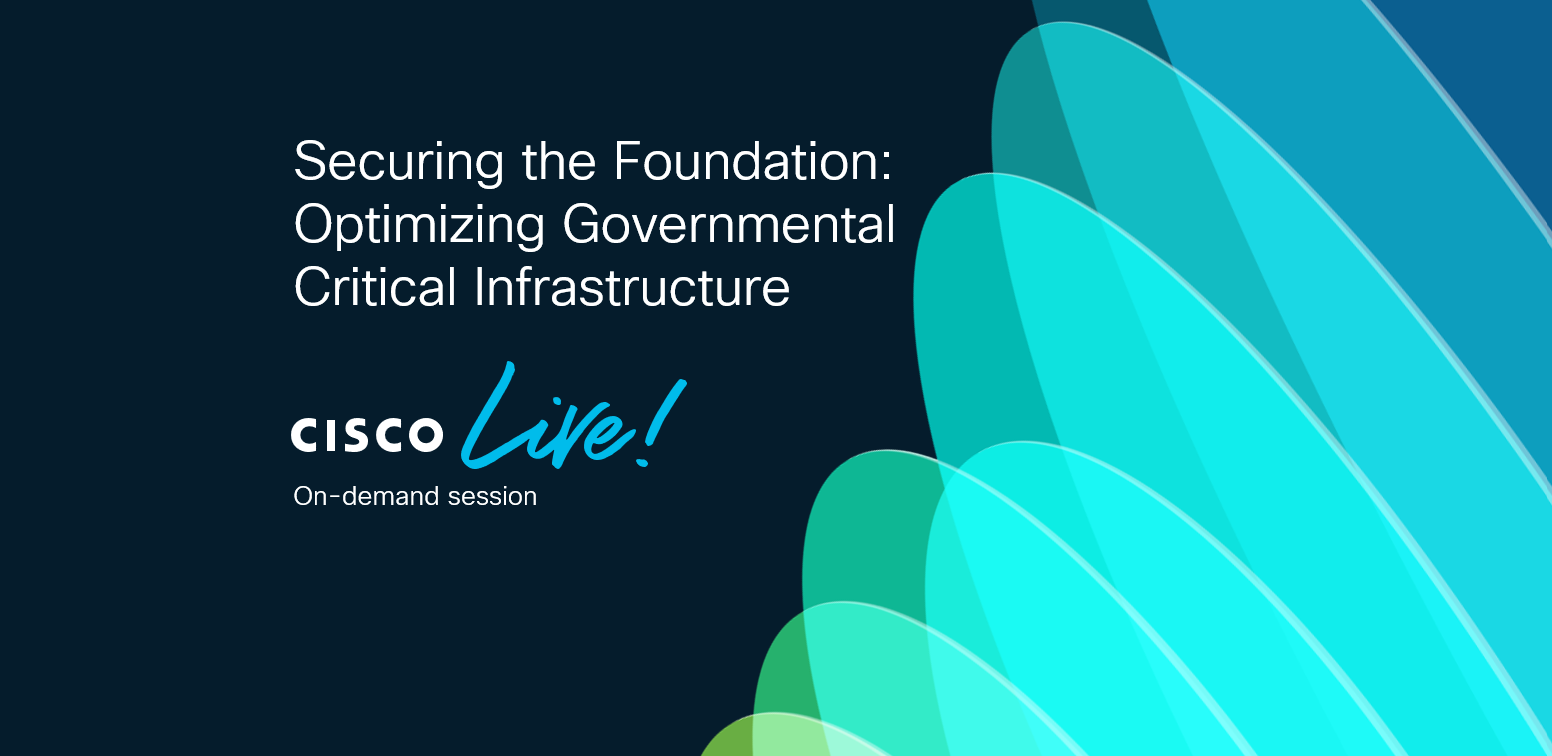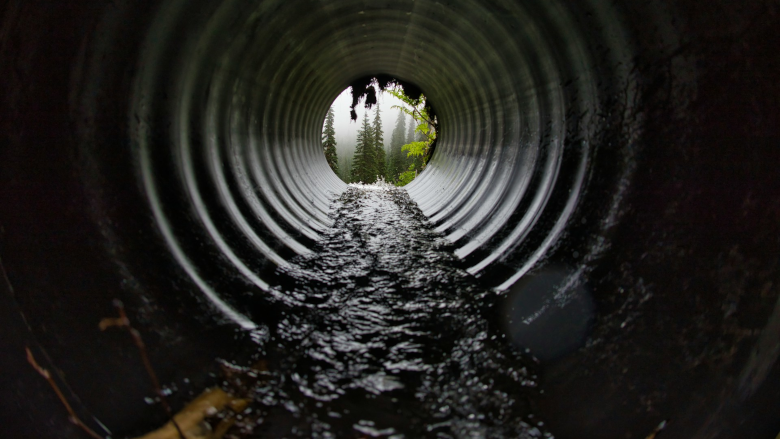- LG is giving away free 27-inch gaming monitors, but this is the last day to grab one
- I tested this Eufy security camera and can't go back to grainy night vision
- I replaced my iPhone with a premium dumbphone - here's my verdict after a month
- Your Ray-Ban Meta smart glasses just got two significant upgrades for free - what they do
- I found a Bluetooth tracker for Android users that works better than AirTags (and is cheaper)
Unleash OT Security with the Best of IT
If I were planning security for an exhibit of the crown jewels, you can be sure I’d coordinate efforts with other galleries in the facility. After all, a thief who broke into an adjoining gallery would be just a wall away from breaching mine. The same applies to securing operational technology (OT) and information technology (IT) networks. IDC highlights the need for IT/OT collaboration on cybersecurity in a new Infobrief called “The Future of Industrial…
Read More
